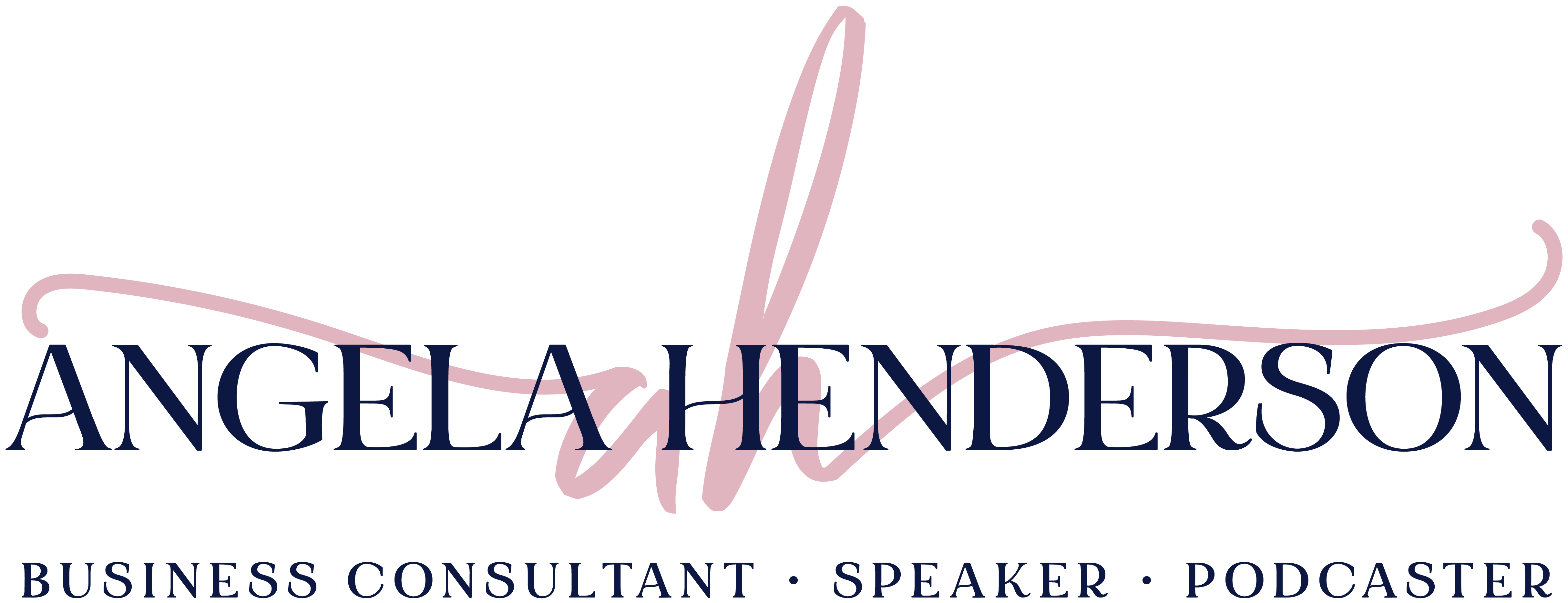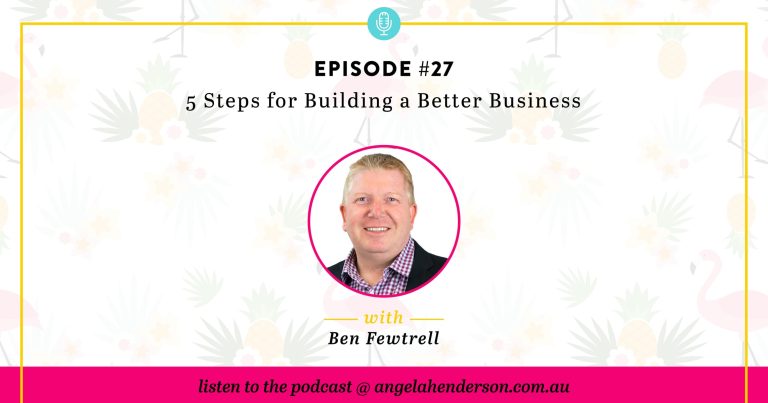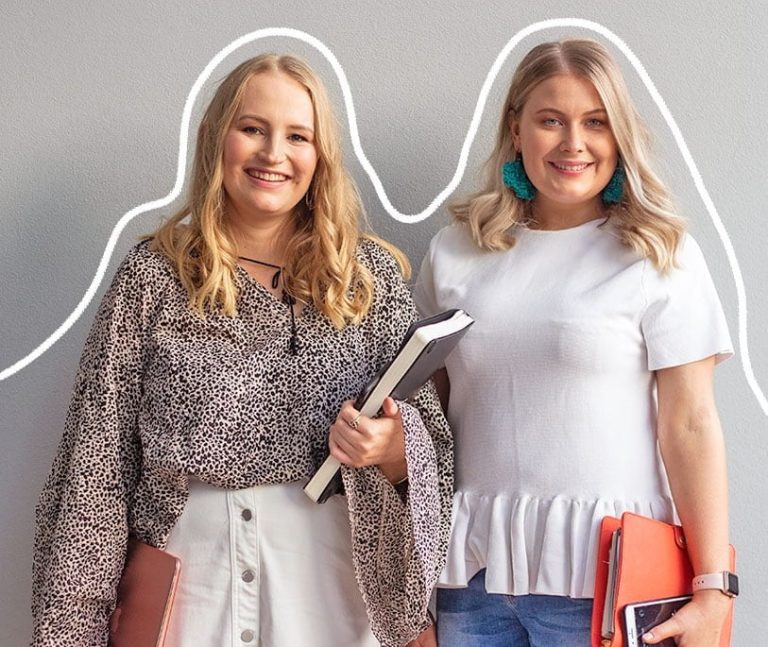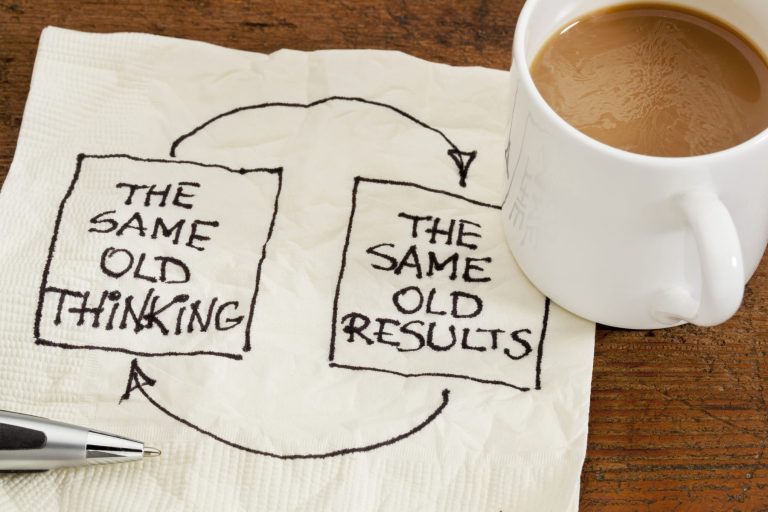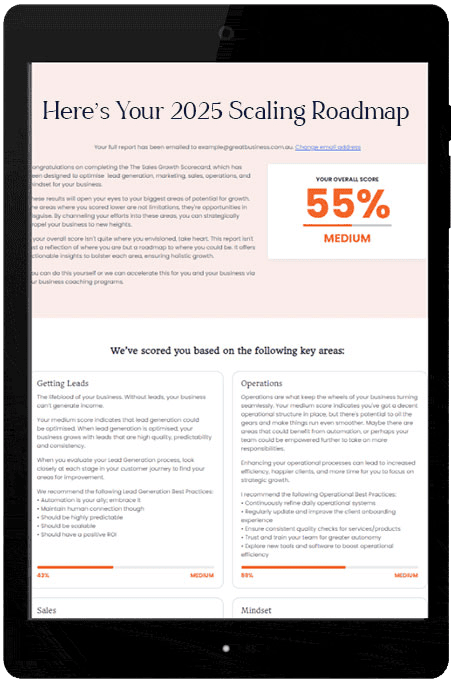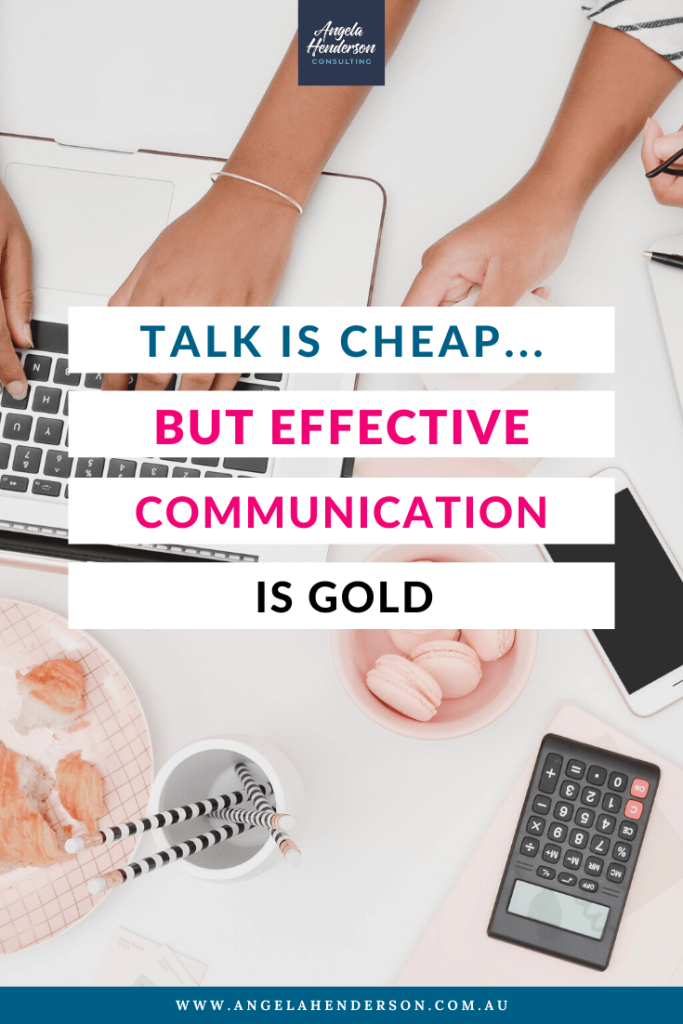
As a business mentor at Angela Henderson Consulting, effective communication is key to having a successful business. Effective communication is key with my potential clients, current clients and old clients. It’s equally as important when working with stakeholders, PR teams and so much more.
So I’m really excited to have this guest post written and help share 8 effective communication strategies that will not only help in your business but also your home life.
All too often those of us in business find ourselves in communication with a business coach … or at least in need of being in communication with a coach.
And all too often their advice centres around the systems and processes in place, and the need to recognise that it is these “mechanical” things that will determine the success or otherwise of the business.
But is this really the case? From our perspective, having the right people in place is the “secret”, because no matter what systems are implemented, if the staff employing them are not working at their best then no amount of systems or processes are going to be effective.
No matter how good everything else may be … it is the people that will determine the success of the business. And people really are “human”. They have a basic need to get on together, even though this can be so hard in a work environment that brings with it a whole host of pressures.
It is vital that all staff communicate … more so, connect and engage. And this comes through mutual awareness, understanding and ultimately enhanced engagement. Sounds easy? Not so. If it was wouldn’t we all be amazing communicators?
A good start for you, as the business owner, and then your staff, is to admit to times when you have felt frustrated with those you work with, whether a fellow business partner, staff, or even clients … “they don’t listen”, “they don’t understand”, “they seem intent on doing things their way no matter what”.
So, how are you “talking” to your staff. Be honest … do you experience times when you could easily just walk away in despair or frustration? Perhaps, perhaps not. More so, how are they communicating with you … with each other?
The way we speak to others we work with if only unconsciously, provides a good indicator of our respect towards one another. And, respect is fundamental to a harmonious work environment, especially if that environment is on show to your clients and customers.
Unfortunately, most of us are not great communicators with those we spend time with at work. We do not connect as effectively as we would wish to believe.
But with the help of a few simple strategies we can make quite a substantial difference to how we interact within our workplace. We can quite easily and painlessly retrain our communication habits towards creating the respect we would wish to receive from fellow workmates, and in so doing return the favour. And … respect leads to trust.
When we trust and respect others we work with we begin to appreciate the value they bring to “the team”, and experience a sense of “flow” – a feeling of engaging together effortlessly and with greatly improved harmony.
Here are some eight simple strategies that can be effectively employed that can create a much better outcome for those experiencing a not so enjoyable encounter with another staff member. We recommend you use those that resonate with you. You will easily see which ones apply best to you … and they are all easy to utilise.
8 Strategies for Effective Communication
Here are our top eight strategies for effective communication:
Strategy Number One … staying calm in the face of frustration
When faced with a conversation that isn’t going as planned there can be only one “winner” … the one who remains the calmest is the one to most likely benefit from the interaction. Getting wound up by another person or a situation looks like this …

The solution? Take a big breath and relax. You see, when you do such a simple thing as breathing slowly while counting to five (preferably in your head) you allow your brain to calm down and begin to react in a more relaxed and “normal” manner … a much more conducive approach to a successful outcome.
Strategy Number Two … keep it simple and on task
Too much talking around trying to get a message across leads inevitably, intentionally or otherwise, to the listener shutting you out. Others need (and no doubt want) to hear what you have to say, but most can only handle a certain (and small) amount of incoming information at one time before tuning out.
Therefore …
1. Deliver your message a few sentences at a time, pausing here and there to keep focused, or
2. If you know there is a lot to be said, perhaps due to the intent of the conversation, then let this be known at the outset.
Strategy Number Three … smile while talking
Virtually no one can smile while being angry. So, before engaging in a conversation that could challenge your (or another employee’s) willingness to stay connected, bring a funny cartoon figure into your mind before launching into the conversation.
With this image in your thoughts, you will subtly display a relaxed and happy face that will stimulate a feeling of calm and trust in the other person’s mind, ultimately leading to a more amicable and relaxed conversation.
Strategy Number Four … connect to affect
The best and quickest way to connect with another person is to look them in the eyes because this has the potential to:
- stimulate connection
- increase a feeling of “good”
decrease stress - enhance empathy.
In addition to this, an added benefit of looking into their eyes is the potential to better judge your impact on them. Becoming adept at judging how your words are being received allows you to monitor the (potential) reactions of your fellow employee and adjust your language (verbal and body) to ensure the conversation moves along on the track you intended.
Strategy Number Five … appreciation creates engagement
When the person you are conversing with senses you appreciate them taking the time to listen to you it encourages them to direct their attention and willingness towards listening more intently to what you have to say in return.
They put themselves in a better position to willingly engage in the conversation, creating a longer lasting effect on both them and the outcome of the conversation itself. Alternatively, if you begin in an aggressive or confronting way you will immediately engender a defensive reaction that will most likely limit any real chance of a successful outcome.
Strategy Number Six … trust creates trust
Speaking gently and in lower or quieter tones can engender trust and empathy in the listener, ultimately creating heightened mutual trust.
This becomes important where your message may potentially be not so well received, or when you need someone to really understand the importance of the conversation and its potential impact on the others in the workplace.
Strategy Number Seven … a positive approach leads to a positive outcome
Negative thoughts influence language processing when both speaking and listening, becoming even more “powerful” if accompanied by matching body language.
Remaining positive before, during and after a conversation has the greatest potential to elicit a positive outcome. The best way to avoid a damaging confrontation at best or isolation at worst is to try and replace a negative thought with at least three to five positive ones before diving into the conversation.
Strategy Number Eight … listen then speak
This is one of the hardest behaviours to master – to speak, then stop and listen, staying focused on the other person’s body language, facial expressions and of course the words they use.
Paraphrasing is an age-old and effective method of ensuring the other person knows that they have been listened to and understood throughout the conversation. Doing this will help keep the conversation on track and meaningful, and greatly assist the bond between you and others you work with.
To Recap
Despite the “technology” we all turn to communicate with so quickly these days – the mobile phone, emails and so on – we still communicate primarily through words … and words delivered face to face have the greatest power to create highly effective or highly detrimental outcomes for workplace encounters.
The art of meaningful conversation leads to solid and purposeful relationships with those you work with.
Talking, listening and engaging with your fellow partner(s) and your employees with intent and purpose may just help build a strong and effective part of the organisation’s success … long before that of the “perfect systems and processes” you have put in place.
Remember effective communication is key to business success.


Jeff and Maree are the founders of Work Dynamics and Love Dynamics. They have also developed the Engageability Formula and Multiple Brain and Dance Integration Therapy, all aimed at assisting individuals to engage and empower at a level most never experience.
Their focus is on assisting and supporting individuals in all walks of life grow their personal awareness, understanding and acceptance of themselves and those they care most about through enhanced communication, connection and engagement skills and strategies.
